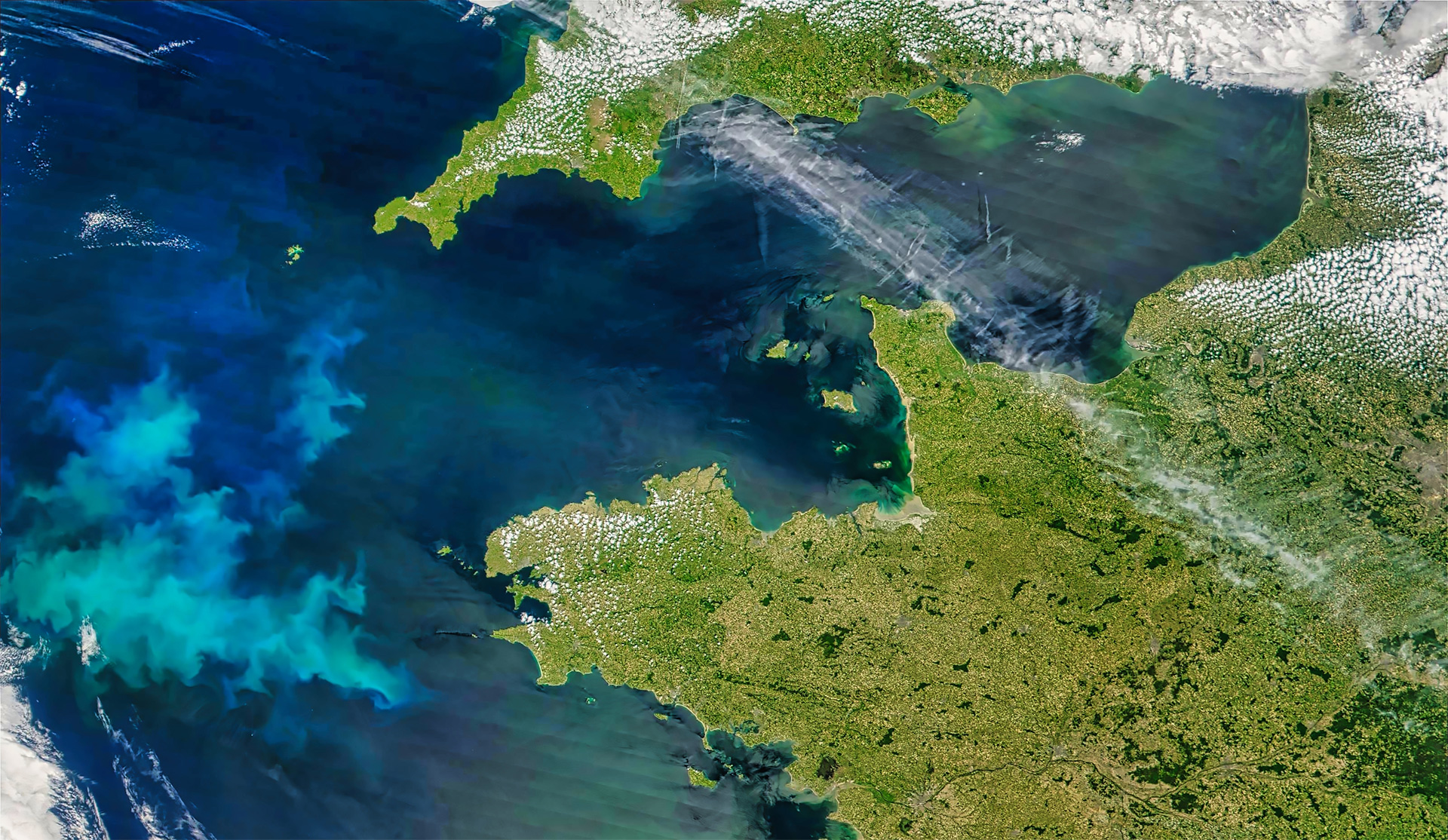
Simplifying Mission Data Sharing for NATO: A REPMUS Success Story with Kongsberg Geospatial
In defence operations, the effectiveness of decision making often hinges on one key factor – data. And yet, mission-critical data is often found scattered across a maze of directories, stored in inconsistent formats, or locked within disconnected platforms. The result? A fractured data landscape that slows down operational planning, limits coordination, and hinders future readiness.
At the Robotic Experimentation and Prototyping with Maritime Unmanned Systems 2024 (REPMUS24) exercise, the NATO Maritime Geospatial, Meteorological and Oceanographic Centre of Excellence (Maritime GEOMETOC COE) saw an opportunity to shift this paradigm. They invited Kongsberg Geospatial to introduce a more unified, standards-based approach to handling environmental mission data – an approach grounded in operational need and designed to cut through the clutter.
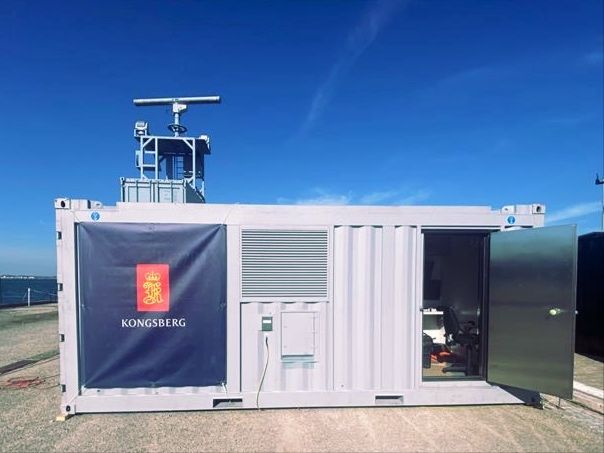
A Seamless Data Experience with KGeoAPI
Kongsberg Geospatial introduced a solution powered by KGeoAPI – a customized fork of PyGeoAPI – paired with a user interface built to match real operational workflows. The tool provided one streamlined point for operators to upload, view, and retrieve mission data. By eliminating fragmented handoffs and redundant storage locations, it significantly improved accessibility and usability for all REPMUS participants.
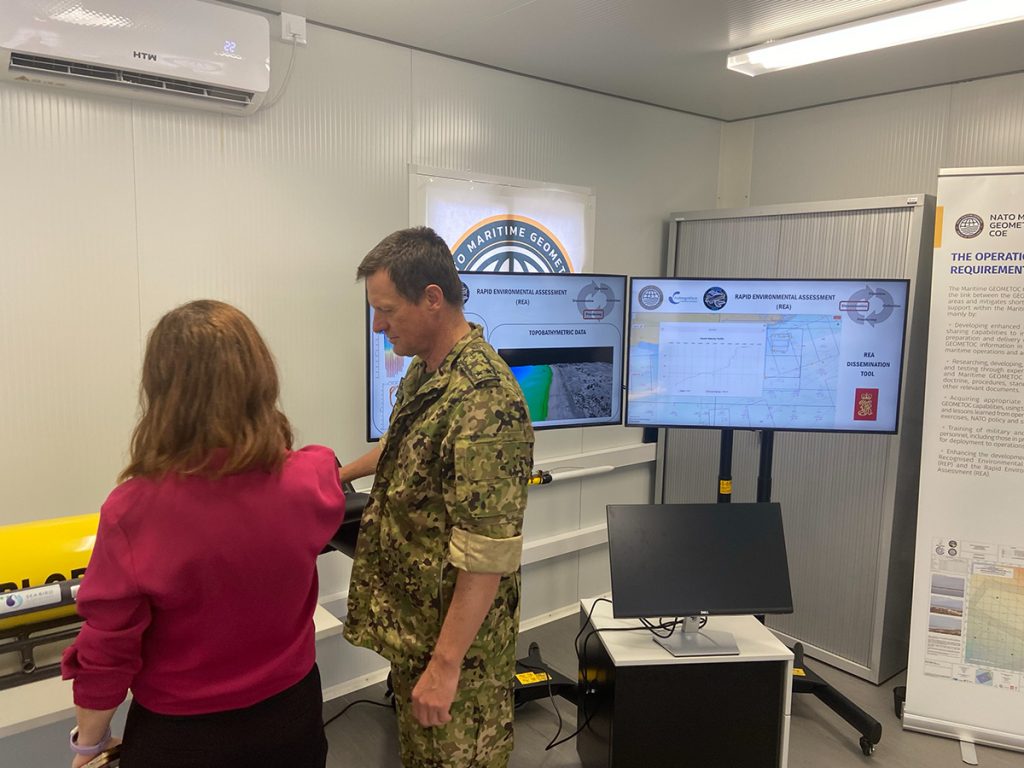
Deployed across Sesimbra and Tróia in Portugal, the tool supported 23 NATO nations, 22 navies, and more than 2,000 personnel. It was particularly valuable in the Rapid Environmental Assessment (REA) process, following data collection, processing, and analysis. Though initially focused on the REA Working Group, the solution successfully demonstrated the potential of standards-based data dissemination in a wider ecosystem.
Real World Impact
Across the three-week exercise, the system catalogued and made accessible 168 mission/operational products in real time. It logged over 700 downloads and received more than 24,400 queries, marking an 875% increase in downloads compared to the previous year. These metrics spoke volumes, signaling significantly improved access and trust in the system.
How It Worked
For Decision-Makers
For REA WG operators, Kongsberg Geospatial provided a lightweight and flexible solution to upload, process, and retrieve mission data in one place – ensuring timely access for all supported Working Groups. This eliminated duplication of effort and improved interoperability among the NATO Maritime GEOMETOC Centre of Excellence, its partners, and operational clients.
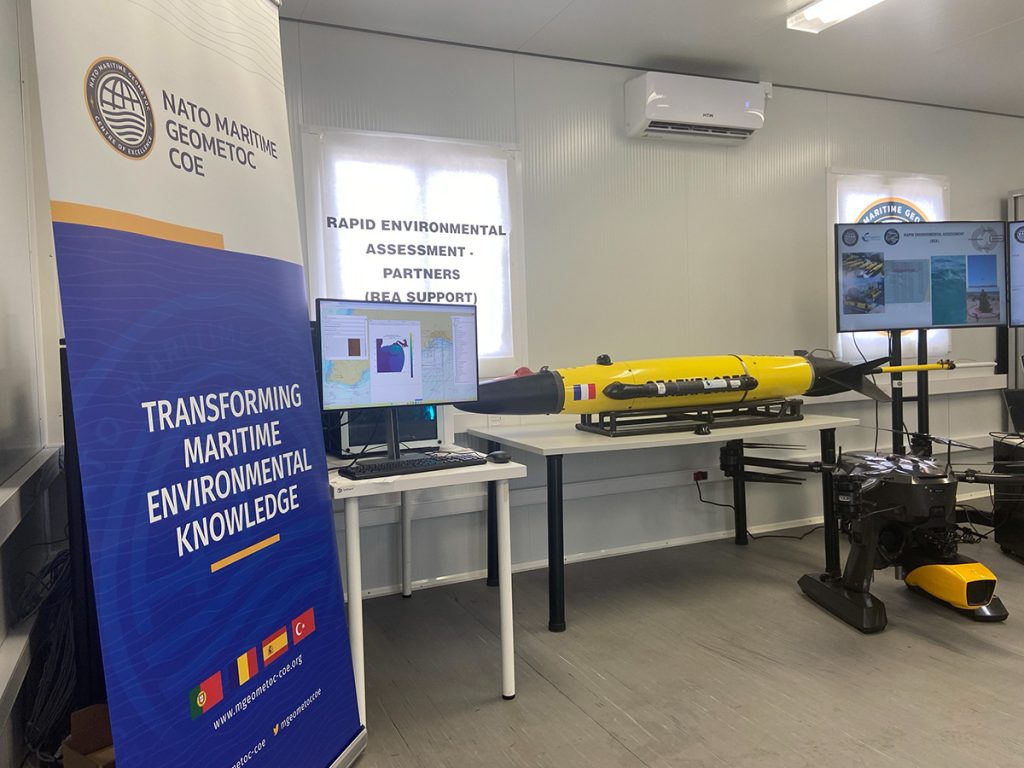
For Engineers and Technical Leads
From a technical standpoint, the solution was grounded in a suite of OGC API standards, including Records, Features, WMTS, Coverages, EDR, and Processes. The KGeoAPI backend delivered data through RESTful endpoints, while the intuitive frontend removed complexity for end users. Importantly, the tool’s adoption led NATO Maritime GEOMETOC COE to mandate the use of NATO-standard GEOMETOC formats, aligning them with open community formats for greater consistency in environmental data exchange.
Looking Ahead: From REPMUS to the Broader NATO Ecosystem
Kongsberg Geospatial’s efforts at REPMUS and the Dynamic Messenger (DYMS) exercise highlighted the value of collaboration, openness, and standardization in defence technology. By contributing back to the open-source community and actively participating in standards development, the team is helping shape the future of mission data sharing, with a particular focus on metadata catalogue specifications and automated data retrieval. This upgrade backed by the Digital Geographic Information Exchange Standard (DIGEST) Metadata Profile of ISO 19115 and ISO 19139.
Looking forward, the team plans to extend the tool’s utility into the planning phase of the REPMUS/DYMS exercise and explore ways to disseminate REA products through a low bandwidth.
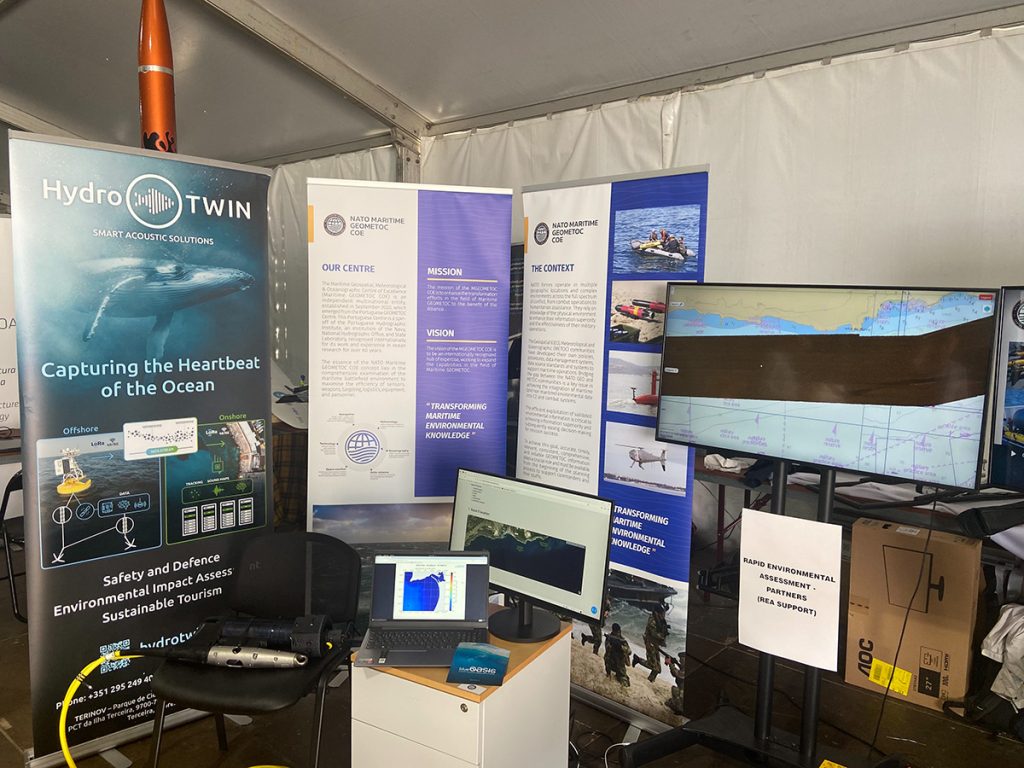
This is just the beginning. KGeoAPI has the potential to support additional mission syndicates across other warfare areas and broader NATO and multinational exercises, paving the way for wider adoption. As feedback from NATO users and the developer community continue to shape its evolution, the tools will only become more robust, scalable and mission ready.
Get Involved
Are you working in the defence sector? Explore how open standards like OGC APIs can transform your workflows, improve data sharing, and accelerate innovation. Join the growing community that believes in transparency, collaboration, and open innovation—because better outcomes begin with shared standards.
Spread the word. Share this story. Be part of the change.
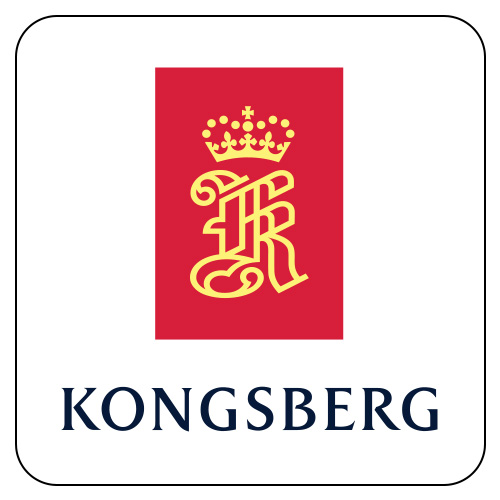
Member: Kongsberg Geospatial
Industry: Maritime Transportation
Location: Kongsberg, Norway
Website: www.kongsberggeospatial.com
“PyGeoAPI, and more specifically, OGC API, made our lives easier. This allowed us to focus on the implementation and worry less about our data. We were able to spend more time building features and less time writing an API that could handle everything.”
Merek Clement
Software Engineer, Kongsberg Geospatial